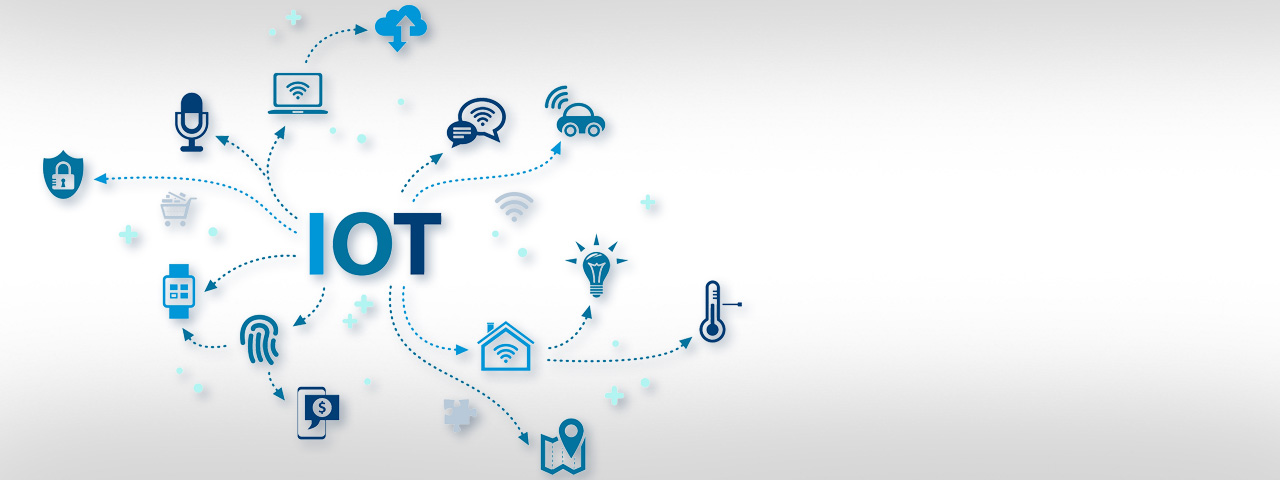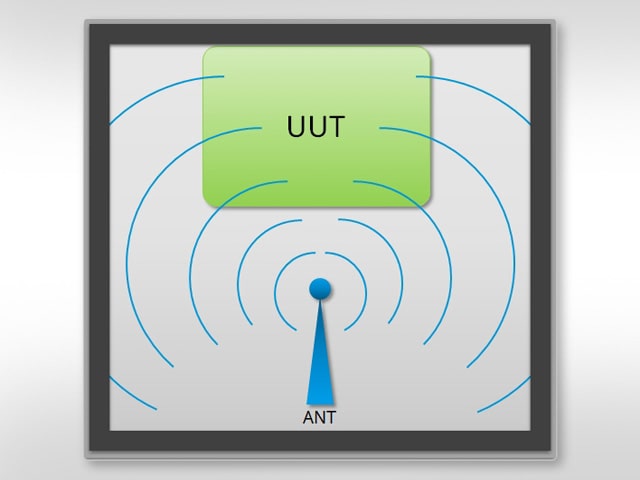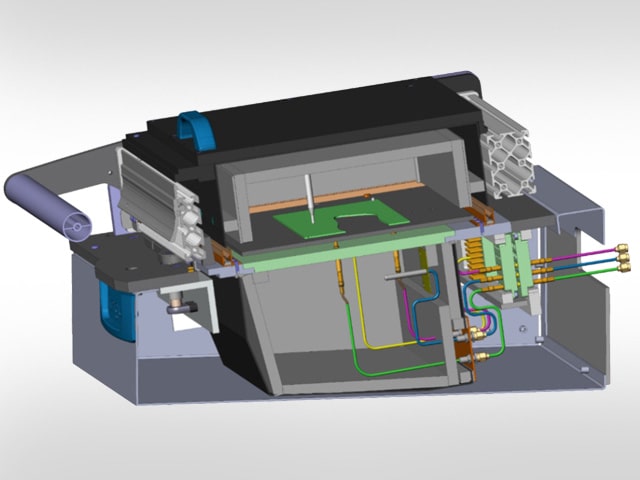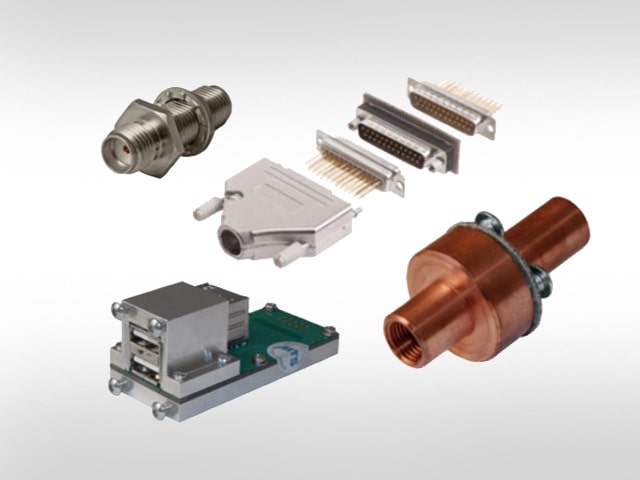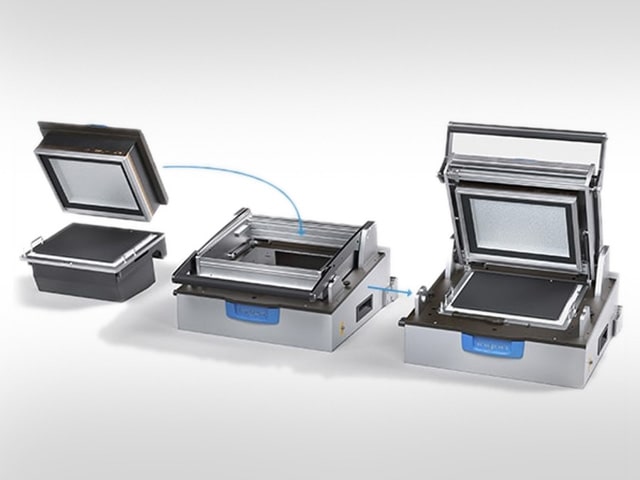PRODUCTS
One of the three fields of activity for the 5G telecommunications standard is the Internet of Things (IoT). By 2026, it is estimated that more than 25 billion devices will be wirelessly connected. The applications are diverse and range from simple temperature sensors to wearables, such as smartwatches and AR glasses (Augmented Reality).
Reliable testing of 5G/IoT applications
Testing IoT applications brings new challenges. Firstly, the applications themselves are becoming increasingly smaller, which not infrequently results in fewer test points on the circuit boards due to space limitations. Secondly, growing numbers of units must be tested in parallel production lines reliably and, above all, free from interference. In order to avoid cross interference of the DUTs during parallel test operation, they must be shielded from the environment by radio frequency technology. This is achieved using shielding chambers that have additional absorber material inside (so-called absorber chambers) to avoid multiple path reflection within the chamber are used.
Figure 1: The shielding chamber with internal absorber material (absorber chamber) allows reliable communication between DUT and test system.
DUT-specific customisation of the shielding chamber
With the manual test fixtures from the MA 21xx and 32xx series as well as the radio frequency exchangeable kits (HF-ATS), INGUN offers a unique modular system which allows the shielding chamber to be selected according to the size of the DUT and to be customised to that specific design. For radio frequency testing via an over-the-air interface (OTA), optionally available absorber material can be selected in accordance with the frequency band used in the application. Consequently, the interior of the RF chamber can be clad.
Figure 2: Sectional view of the test fixture, consisting of MA basic unit, RF exchange kit, absorber material and DUT with connection to the test system - optionally via RF contacting or over-the-air (OTA).
Inference-free connection
In addition, radio frequency interfaces ensure a connection from inside the shielding chamber to the test system without interference: solutions for coaxial connection, or with an additional filter for digital signals such as USB and Ethernet LAN are available.
Figure 3: Radio frequency interfaces with integrated filter ensure an interference-free connection between DUT and test system.
Unique modularity
In the event of a revision of the DUT that requires a new design of the DUT-specific customisation - or even a new product, e.g., for a different frequency band - a new exchangeable kit can be used. The basic unit with the closing and opening mechanism, as well as all electrical connections to the test system can to be reused without any further intervention - time-consuming and error-prone conversions are no longer necessary. For more information about our manual test fixtures with RF exchangeable kit, click here .
Figure 4: The unique modular system allows RF absorber chambers to be use in pre-existing test systems.
